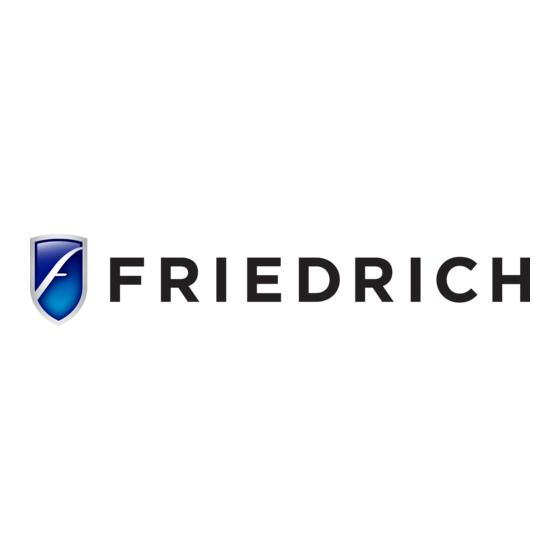
Table of Contents
Advertisement
Kühl
Kühl +
Heat Pump and Electric Heat
Wallmaster
Wallmaster+
Heat Pump and Electric Heat
93002001_00
1
Room Air Conditioners
Kuhl
®
Kuhl
Q
®
Wallmaster
Standard Chassis Models Using R-32 Refrigerant
115-Volt:
230-Volt:
115-Volt:
230-Volt:
115-Volt:
230-Volt:
230-Volt:
PRECISION
®
KCVS08B10A, KCVS12B10A, KCVM14B10A, KCVQ08B10A
KCVS12B30A, KCVS16B30A, KCVM18B30A, KCVM24B30A, KCVL28B30A, KCVL36B30A
KHVS10B11A, KHVQ10B11A
KHVS12B33A, KHVM24B34A, KHVL28B35A
WCVT10B10A, WCVT12B10A
WCVT10B30A, WCVT12B30A, WCVT16B30A
WHVT14B33A
THE EXPERTS IN ROOM AIR CONDITIONING
Advertisement
Table of Contents
Troubleshooting
















Need help?
Do you have a question about the Kuhl KCVS08B10A and is the answer not in the manual?
Questions and answers